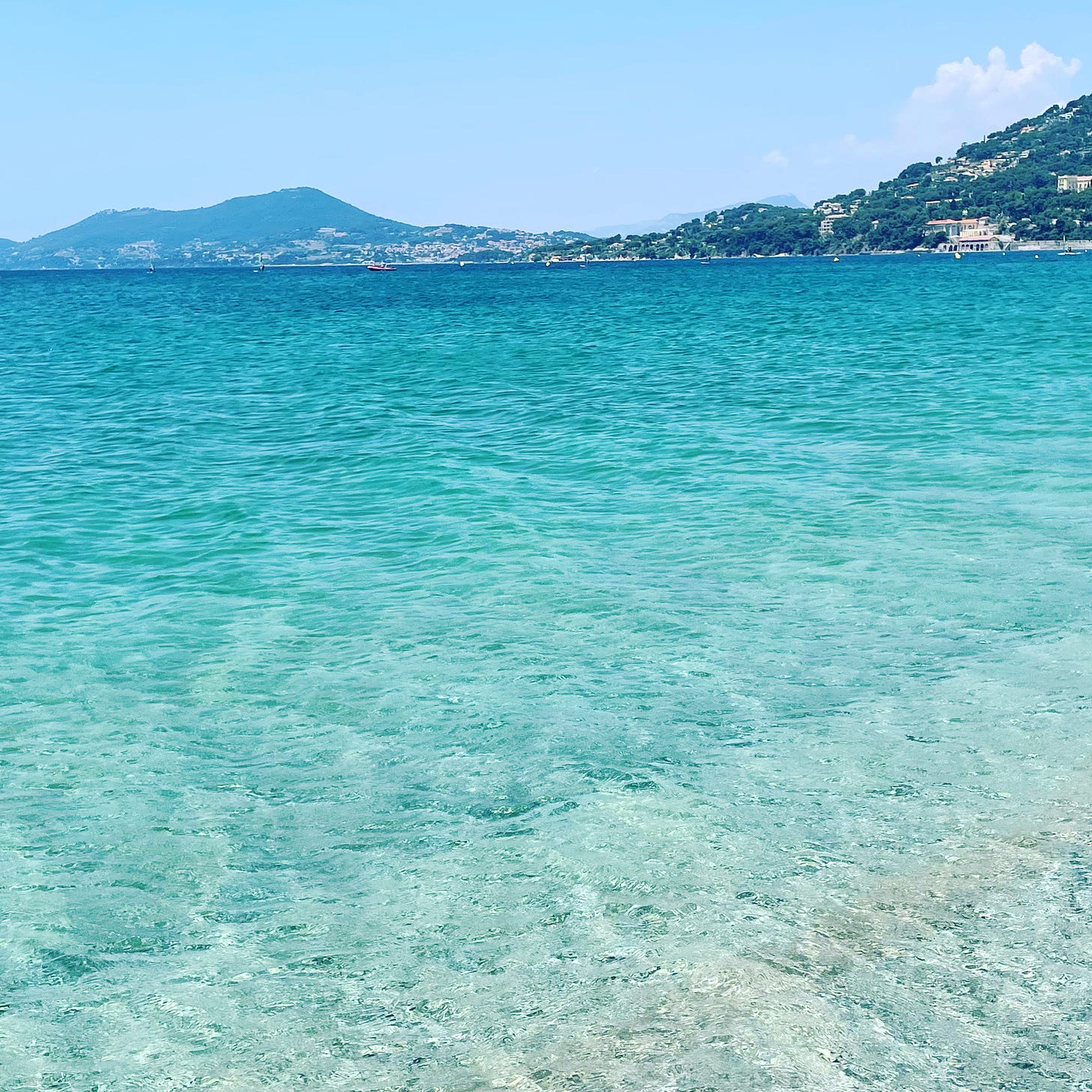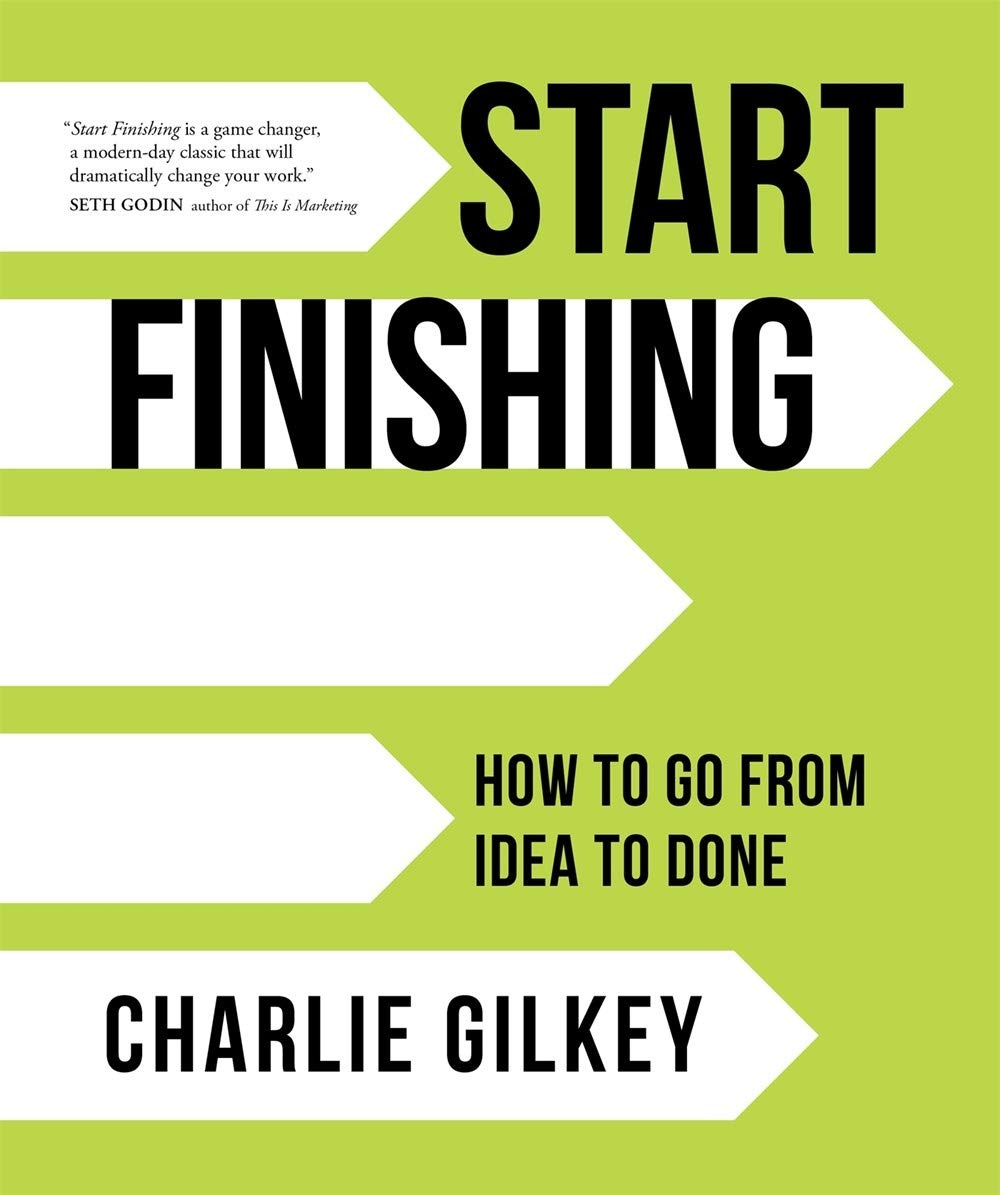A Pause Made Time For
We were walking in the Mediterranean in the middle of a workday in the middle of a week. Sunbathers, tourists, readers, the retired, lay on the hot white sand. I studied them as we walked, the water cooling our ankles, extracting any remaining fatigue from our gentle, fearless feet.
My, how the sunbathers looked happy there. They’d waited all year for this moment. The moment when the world started opening up, and they could soak up the sun again, with a book, or a friend, like sea lions, or meerkats.
The first half an hour into our walk, my friend spoke with animation and joy, curiosity and consternation about her recent trip to noisy, happy Paris. I had little seen her this animated. Her speech was twice as fast as her usual, her eyes danced, and her hands waved and cut the air with each rise in tone. She was conducting her story, her stories, bringing them to life for me.
When it was my turn in the second half-hour to speak, I was perhaps quieter, slower, taking everything — and everyone — in. We stood and looked out to sea. We came to silence, each to her own. I took a deep breath in, and so did she. Facing the sea, away from the sunbathers, facing nature, grounded, our feet sinking, then stabilizing, in the wet sand, we smiled out loud. How lucky were we?
It was the middle of the day on a workday and we were standing in the Med.
In a half-hour, we would go on with the rest of our days, me to meetings and trainings and she to editing and workshop preparation. But we had one more half-hour to catch up.
At one point, she asked, “How many hours do you have in a day?” in response to my walking her through the various projects I was working on at the moment.
“The same as you, my friend.”
“How do you get all of that done?”
This is a question I am often asked, and it surprises me every time.
“I only do the essential,” I said, “I let go of all the rest.”
“So you don’t shop?”
We burst out laughing.
“I don’t shop. I plan half of the week’s menus (my husband plans the other half), and I create the grocery list, but I don’t shop. Either my husband does, or he picks our grocery order up.”
That was just one example of how we’d designed our life.
“It’s not just about not doing the non-essential — and eating is pretty essential (!) — it’s also about working on only five projects at any given time.”
This had her waving all appendages and laughing so uproariously I thought the sky was going to open right there and then and airlift her out for observation.
“Five?!?! You have five going at one time?!?!”
“Only five, and some weeks and months I choose to have fewer than five,” I smiled at my friend. “A project is anything that takes time, energy and attention (think TEA). That can be a work project, but can — and often is — personal. I generally have 2–3 work-related projects I’m tending, and 2 personal projects. I learned this from Charlie Gilkey, and having experimented with this now for a couple of years, I find it works for me.”
“Before, as you know, I used to have a million projects on at the same time. When I started cutting them down and only working on five at most, not only was I able to start finishing projects well and early, I was so much happier and focused. Stripping away the extraneous projects, or planning them for later meant I could really give the remaining projects my very best work.”
“I liken it to reading lots of books at the same time,” I added, “I used to be that person. Now, I tend to read only two at a time (one in the morning, and one at night). I am enjoying the full-on focus. My clients also love my total focus on them and their projects.”
“Okay …” she started, “So if a project is anything that takes time, energy and attention, are you saying repairing and selling my mother’s house is a project?”
“Yes.”
“Is doing my business administration — like taxes, etc. — a project?”
“Yes. And remember, you can switch them out. When a project like a month of preparing taxes or six months of caring for a sick loved one come up, it’s important to look at which of your other projects you’re going to switch out so that you can accommodate the shift. A move, for example, becomes your full-time job if you’re doing it on your own. You cannot expect to be able to just fit projects like a move or writing a book or adding a family member into 24 hours of an already packed schedule. The problem is, we think we have to do more in less time.”
I smiled, “I’ve been practising doing less in more time.”
I glanced again at the sunbathers. They’d saved up time, energy and money to come here and lie in the sand. They had planned their recovery; they were allowing themselves to do something they enjoyed.
And so was I, in the middle of the day in the middle of the workweek, with a friend. A parenthesis, a pause made time for.
May we have many of them.
Learn more about Charlie Gilkey and Productive Flourishing here.
Learn how to design your day so you can live your best life here.




